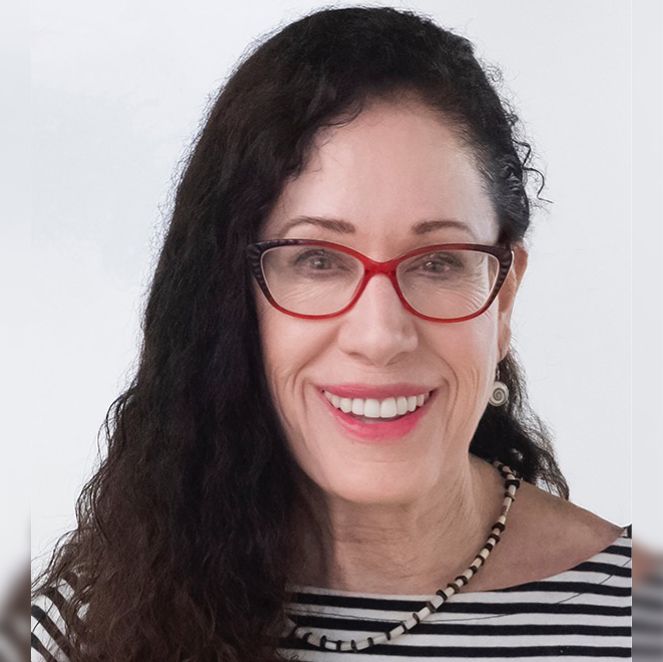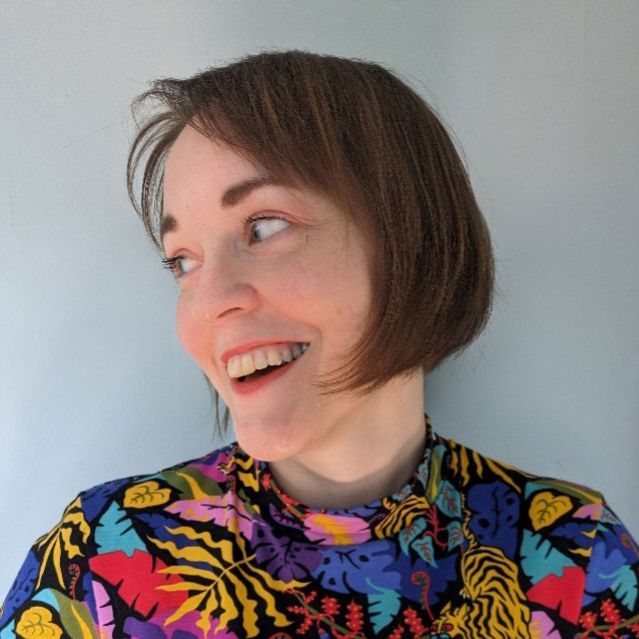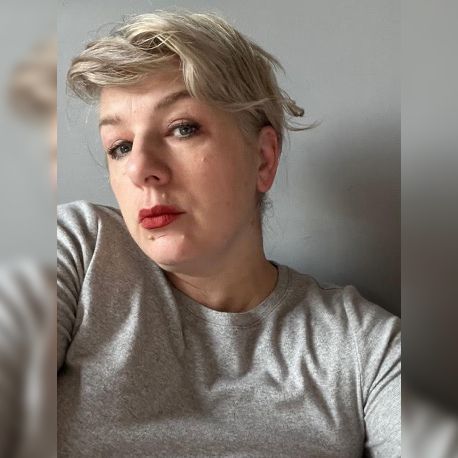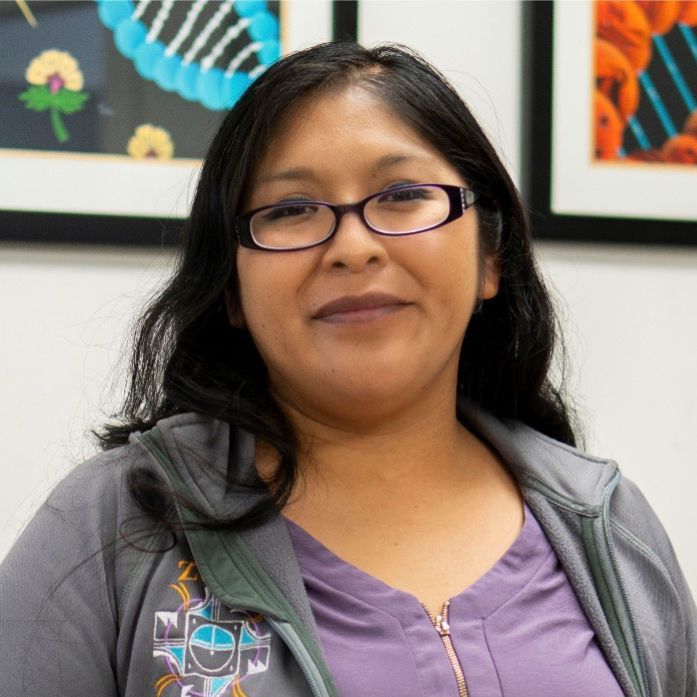Visual SciComm Conference 2025
Presentations
This year we have invited speakers from all sectors of Visual Science Communication to give us presentations on various topics.
Please see below our wonderful presenters who will be presenting this year.
Communicating Science through Words and Art
Monday, July 14th
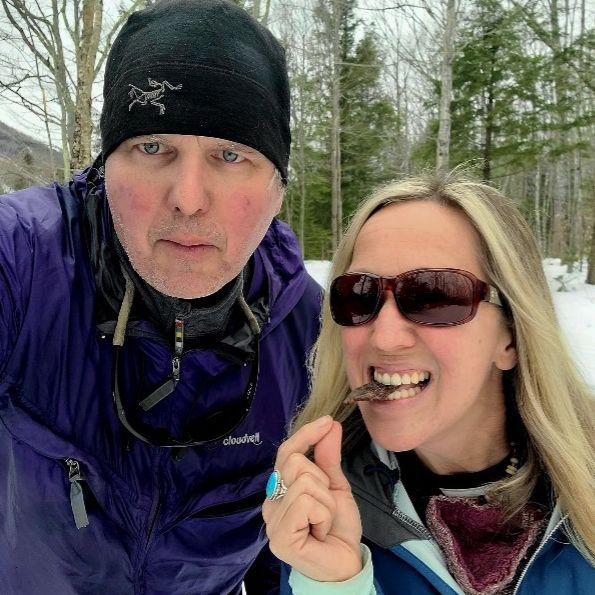
Ret and Karen Talbot make their living communicating science through words and art. Ret is a science writer and author covering the intersection of science and sustainability, and Karen is a scientific illustrator best known for her work with fishes. They have collaborated on projects ranging from tiny coral reef fishes to very large white sharks. They live on a small farm on the coast of Maine.
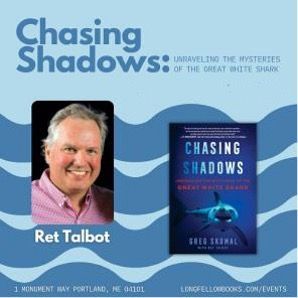
This presentation looks at the Talbot's collaborative work communicating science to a general audience through both words and art. From their work in pages of National Geographic to book-length projects and everything in between, they'll share how they have worked together, as well as with a variety of editors, co-authors and co-illustrators to bring important stories of science to life in a compelling format.
Terrapins of the Tauton River
Wednesday, July 16th
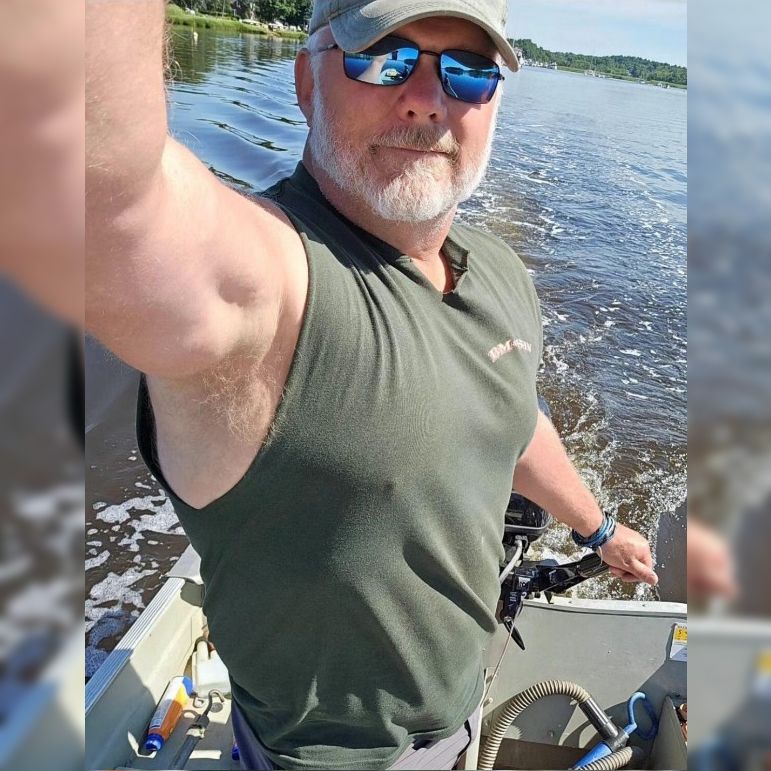
Brian works as a seasonal field herpetologist for Oxbow Associates, Inc., and has led a team conducting research on Northern Diamondback Terrapin and Common Snapping Turtle populations with the Taunton River Watershed Alliance, since 2016.
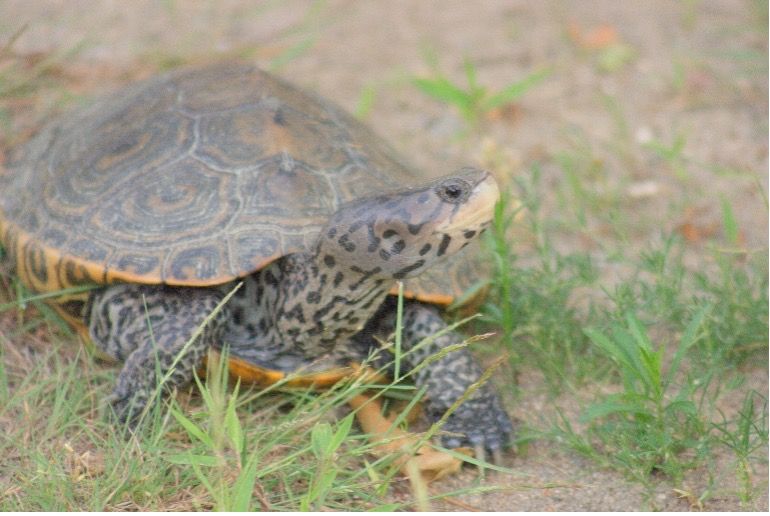
Learn about: the ecology and status of the Northern Diamondback Terrapin, the current research on the Taunton River, and the preliminary results about the Common Snapping Turtle population.
Brian Bastarache has been part of the Bristol County Agricultural High School Environmental Conservation Department (ECD) since 1995, and has been the department’s chairman since 2005. He spearheaded the creation of cooperative conservation projects, which have provided several real-world opportunities that have enhanced the educational experience of the students, as well as tangible assistance to the conservation efforts of cooperating partners. These partners include the US Fish and Wildlife Service, Massachusetts Audubon Society, Savannah River Ecology Laboratory, Massachusetts Division of Fisheries and Wildlife, New Jersey Department of Fish and Wildlife, Hofstra University, The Turtle Survival Alliance, The American Chestnut Foundation, and Oxbow Associates, Inc.
A Delicate Balance : Nature and Humanity
Wednesday, July 16th

Victoria will give a presentation and talk about her sculpture and painting related to the effects of human activity on the environment, flora, fauna, and humans. She was commissioned to create a large-scale public sculpture for the city of Seattle that is a giant bronze shovel made up of plants from all over the world, and she created an inflatable rhino sculpture that brings awareness to the extinction of the northern white rhino, which showed at the Buffalo Museum of Science. Her new work titled Pile of Pangolins is a sculpture installation about the endangered species the Pangolin, the most trafficked animal in the world. Her work has been inspired by illustrations in biology books and natural science museum dioramas. She will be discussing her art making processes, getting art commissions, and showing in fine art galleries and museums.
Learn my techniques and processes, dealing with government agencies for commissions, how to apply for public art commissions, and the impact of making work about current issues of climate change, animal extinction, and environmental pollution. Take away point: learn about creating fine art projects that deal with environmental issues which can reach a larger audience.
Ecological Storytelling Through Public Art
Monday, July 14th
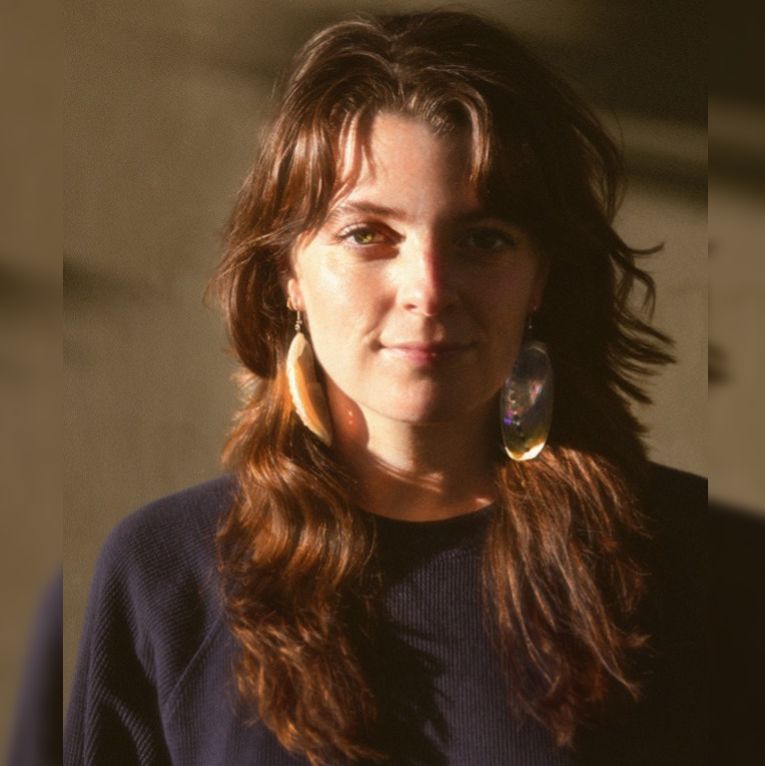
Catie Michel is an artist, scientific illustrator, and muralist with a background in field research and science communication of ecological and cultural narratives of this revitalized ecosystem.
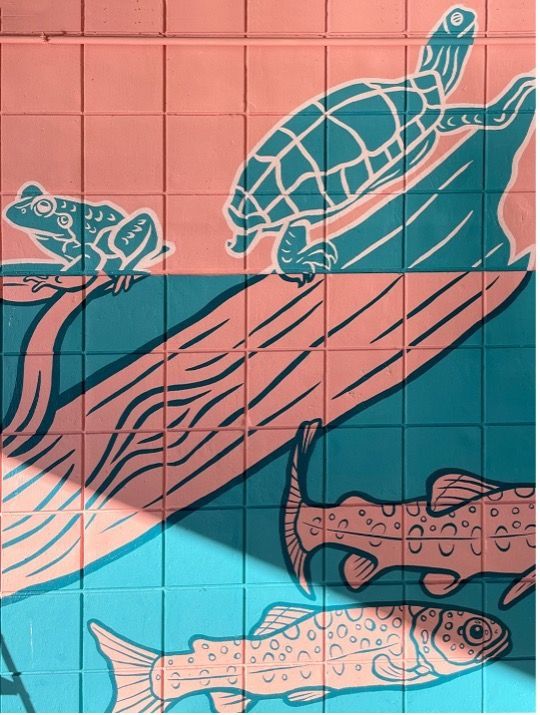
This presentation explores the intersection of ecological restoration and public art through the Nature Notes mural in Arvada, Colorado. It highlights how community-driven art can engage local participants in ecological storytelling, incorporating real-life observations from nature walks into the mural design. The project fosters ownership and connection with the restored landscape, while an augmented reality (AR) guide offers interactive learning about species and the creek’s restoration. Attendees will learn how public art can amplify ecological narratives, create community engagement, and inspire long-term connections to the environment through collaboration and artistic expression. The mural’s design was shaped by guided nature walks, where community members documented local biodiversity. Species observed — birds, insects, plants, and aquatic life — became central elements in the artwork, transforming public contributions into a lasting visual record. The mural also reflects real-time ecological events, such as a beaver felling a cottonwood tree near the site, and a child’s discovery of the star-shaped pith inside a snapped twig. These moments highlight how close observation fuels both art and storytelling.
An interactive AR “field guide” further connects viewers to the science behind the mural, offering species information and restoration history. This project demonstrates how scientific illustration can bridge disciplines, making ecological knowledge more accessible, while fostering public engagement with conservation efforts. This presentation will explore how illustrators can collaborate with communities to create artwork that educates, inspires curiosity, and strengthens relationships with the natural world.
Science Comics for Kids
Monday, July 14th

Lindsey Leigh is the author and illustrator of The Deep! and The Dark! for Penguin Workshop and the illustrator of Sick! The Twists and Turns Behind Animal Germs for Bloomsbury Children’s Books. She has a passion for drawing unusual animals and enjoys using comics to communicate science concepts to audiences of all ages. She lives and works in Somerville, Massachusetts.
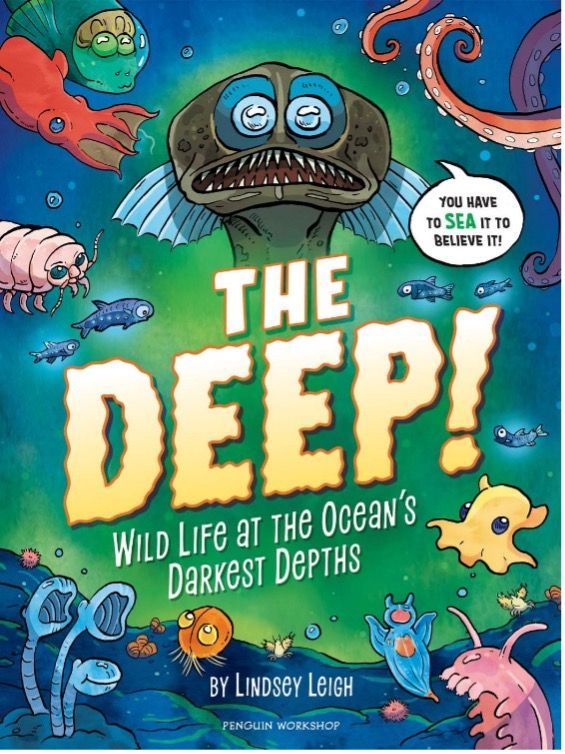
This talk will go into detail about the author’s experience writing and illustrating graphic non-fiction books for children and take attendees through the full publishing process: from initial idea, to research and writing, to the full illustration process, and also working with art directors, agents, and editors. The value of comics as a science communication tool for audiences of all ages, and some comic-making tips for attendees to use in their own work will also be discussed.
Learn about the process of creating a graphic non-fiction book for children, from creating a book proposal to writing and illustrating the final book. Gain insight into the publishing process and learn about how to use cartoons and comics to communicate science concepts to an all-ages audience with both accuracy and humor.
Botanical Images: Voynich Manuscript
Monday, July 14th
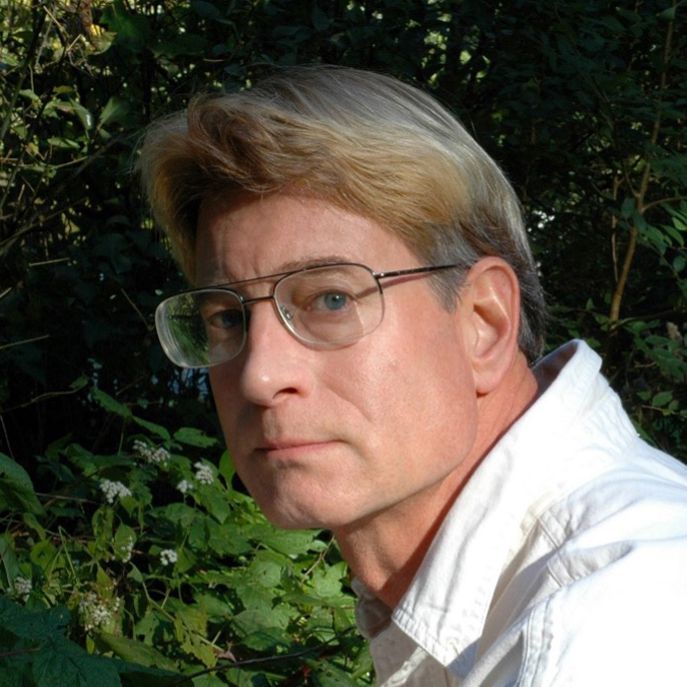
Scott graduated from Earlham College with a degree in Biology, and holds graduate degrees in Museum Education and Medical Illustration from the George Washington University and the University of Michigan, respectively. Scott is a Professor Emeritus at Arcadia University, where he teaches scientific illustration.
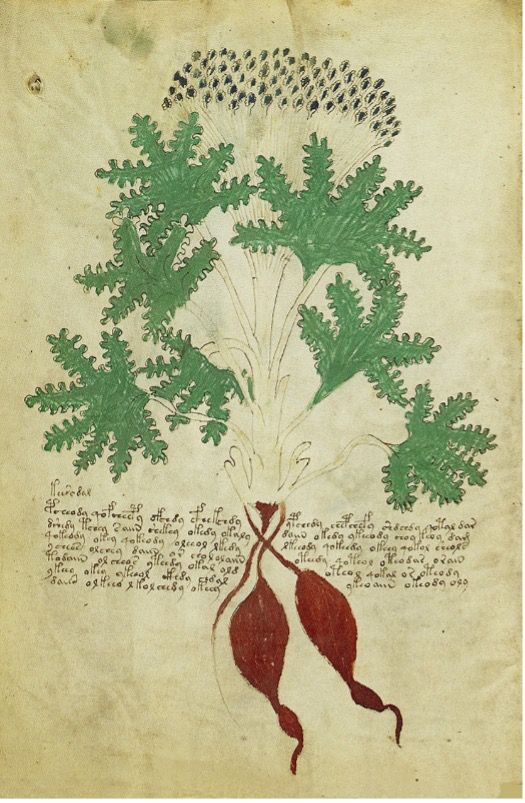
The
Voynich Manuscript has sometimes been described as the most mysterious book ever written. It is an illustrated codex written in an unknown script and profusely illustrated with images of unknown constellations, unclothed women and bizarre plants. Carbon dating of the pages has concluded it was most likely created in the early 15th century. Despite numerous attempts to decipher the text, the Manuscript continues to be a subject of speculation, investigation and conflicting interpretations. The illustrations of plants are particularly intriguing – are they fanciful depictions of actual species or entirely imaginary? Beginning with an overview of medieval natural history illustration and an examination of several of the Voynich’s botanical plates, this presentation will then invite participants to offer their own ideas about the origin, form, and function of these otherworldly images.
Be introduced to a rudimentary overview of Medieval Art, made aware of the existence of one of the world's most mysterious books, and be given an opportunity to offer their opinions on the origin, form, and function of various botanical subjects found in the
Voynich Manuscript.
Behind the Scenes of a Geologic Mural
Tuesday, July 15th
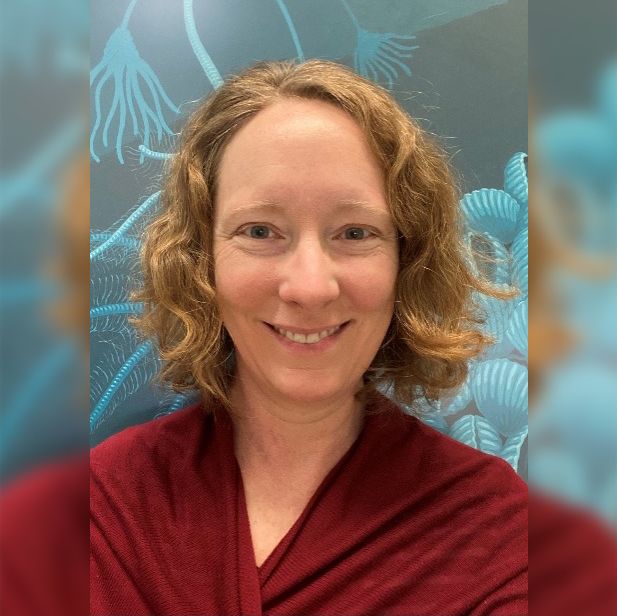
Stacy spent 20 years as the sole medical illustrator at the University of Missouri- Columbia, housed in the Orthopaedic Department. Her position allowed for a wide range of variety -- it was not on rare occasion that she was able to stretch beyond the walls of the School of Medicine and work with other departments throughout campus. Over the years, she collaborated with Geology for multiple journal publications, and for this project, wrapped up the walls of a stairwell.
Stacy recently joined the Editorial Creative Media team at the New England Journal of Medicine, working remote from her home in Columbia.
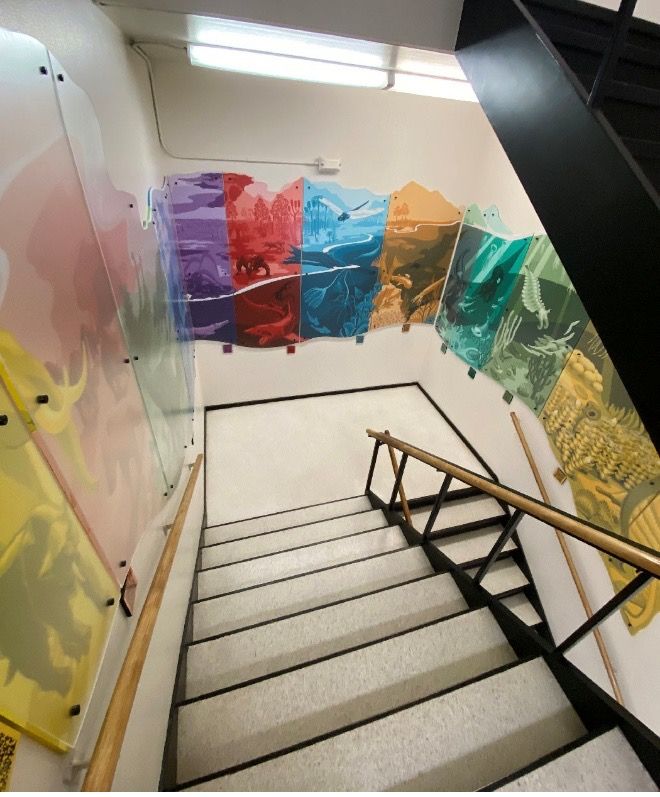
Stacy will walk you through the year-long process of how she collaborated with a team of paleontologists at the University of Missouri, to create a 32-foot-long educational mural. This 12-panel piece depicts the trajectory of life over the past 635 million years, beginning at the Ediacaran, when organisms became complex enough to leave behind a reliable fossil record. You will get snapshots of some of the initial decisions on content and design. Stacy will also cover logistical considerations from transfer techniques to surface prep. Whether you are a connoisseur of the Cambrian or are simply curious about lessons learned from a career-first project of this scale, join Stacy to peek behind the curtain in the making of a mural.
Participants will learn about: considerations regarding composition and content when designing a mural, the steps taken to go from sketch to wall, and lessons learned in preparing the image, surface, and space for a mural.
Illustration in the Courtroom
Tuesday, July 15th
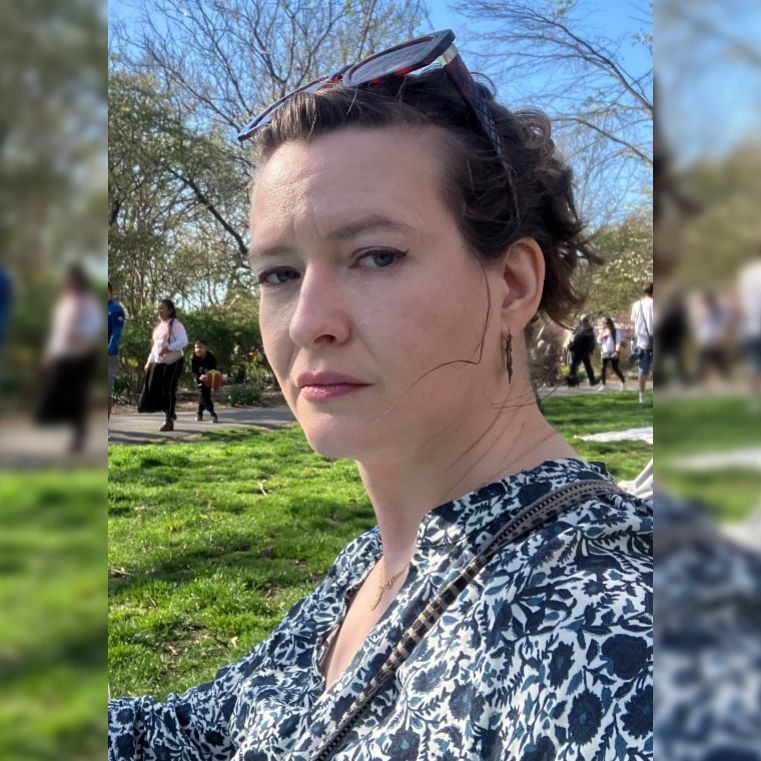
Cat Wilson is a science illustrator and senior graphic designer working for IMS: Legal Services, designing visual presentations for the nation’s leading trial attorneys. She is adept at capturing scientific concepts and transforming those images into clear and compelling graphics. Previously, Cat created illustrations for Scientific American magazine and science textbooks for McGraw-Hill, Elsevier, and other publishers. In addition to creating visual displays for high-stakes intellectual property cases, Cat works on personal injury cases to help injured folks receive help and compensation.
Notable Cases:
BASF v. Ingevity (2021)
Rex Medical v. Intuitive Surgical (2022)
IBM Corp v. Zynga (2024)
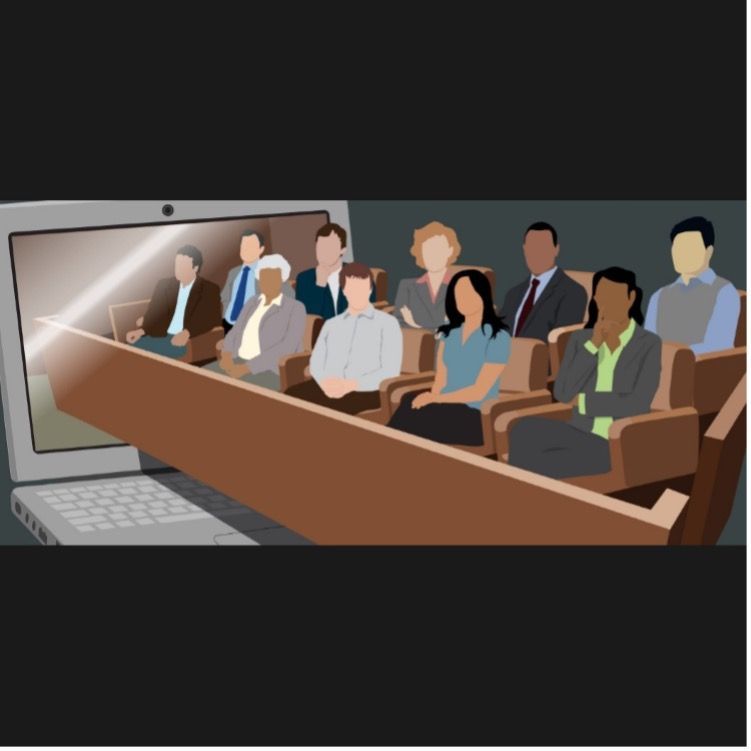
Science graphics play a significant role in the legal system. Attorneys need to educate juries and judges about the subject they are discussing, from ecological health to the active molecular components of vaccines. This talk will discuss the media, demands, and subjects one will encounter as a science illustrator working with lawyers and trial consultants. First, I will explain how trial graphics became my profession and how others can enter the field. To show the day-to-day, I will discuss my varying duties, from simple illustrations for patent cases, MRI renderings for personal injury trials, and how AI plays a small role in witness headshot cleanup. I will enumerate the difficulties in the job, which include long hours and working closely with lawyers in a high-stress environment. However, apart from decent pay, there are many rewards to working in trial graphics.
Second, I will demonstrate various applicable tricks and tips I’ve acquired for presentation graphics, particularly animation in PowerPoint, through morphs between slides, 3D images in Illustrator, and how to format a 3D object to import into PowerPoint. .
My Journey as a Turtle Artist
Monday, July 14th
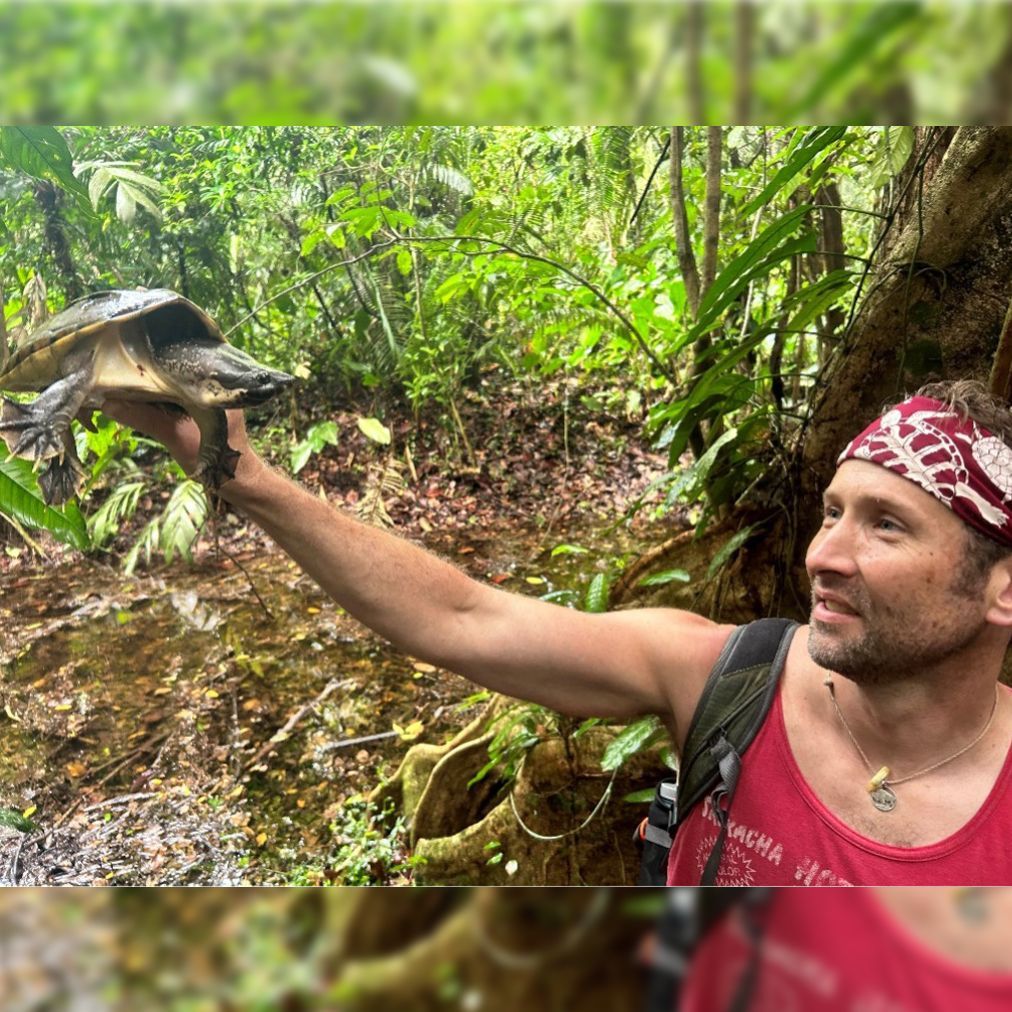
My love for wildlife and particularly turtles has given me the opportunity to travel all over to see and learn about them in the wild. For my work, research and observation are extremely important. Seeing how an animal moves and acts in its habitat helps make my illustrations as accurate as possible. I’ve traveled to the Spiny Forrest in Madagascar to survey tortoise, and I’ve been to the rainforest in Belize to tag and study turtles. I will also talk about the recent books I’ve illustrated and the process of researching and creating them. These include the NY Times bestselling Of Time and Turtles and the award-winning book, The Book of Turtles.
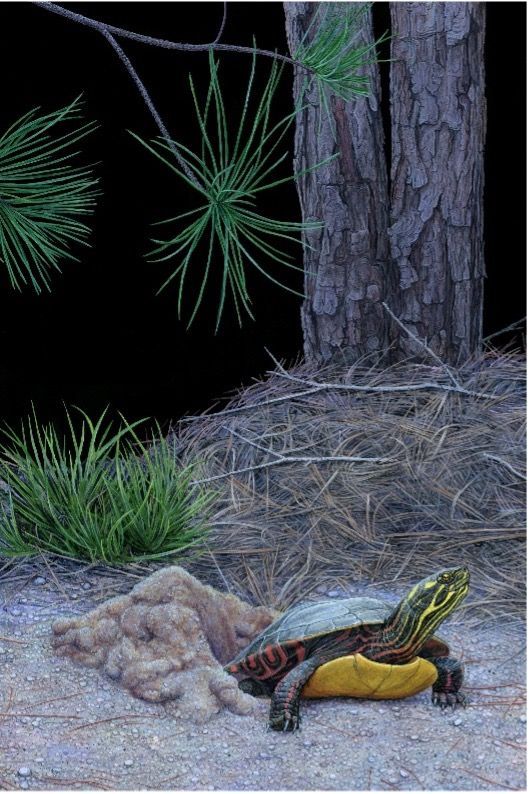
My talk will be about my artistic journey. I'll discuss my work, both past and current, my process, and my research and travels. I will talk about my recent books and what I did to research these projects, which will include my work with turtle rescue, nest protection group, and travels in the field. Some of these include turtle surveys in Madagascar and Belize.
I would like to share my creative story as a wildlife artist, and even more specifically, as a turtle artist! My art journey goes hand in hand with my love for nature. I have loved wildlife since I could speak, and probably even before that. My father was a Biology teacher, and he was always introducing me to different animals. I grew up looking for turtles, snakes, and frogs. I loved observing them, catching them, and of course drawing them!
Bird Comics and more with Bird and Moon
Wednesday, July 16th
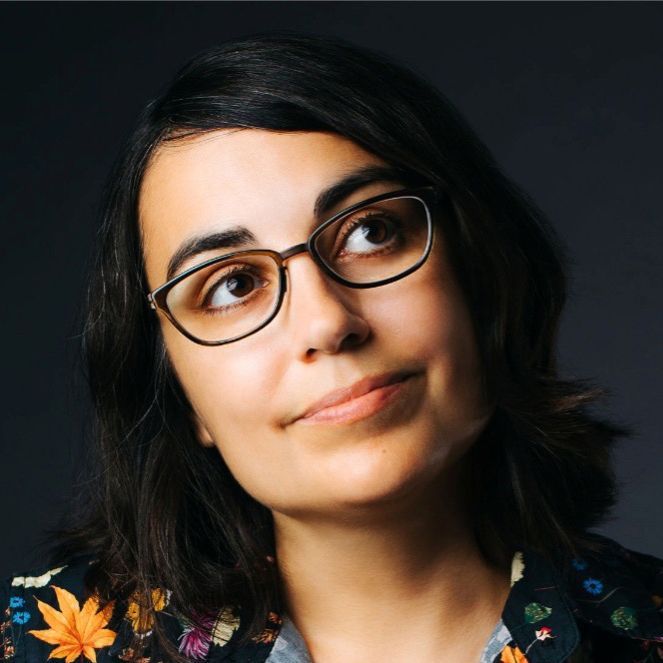
Rosemary is an author, illustrator, and speaker. She’s written and drawn for The New York Times, Audubon, Rewiring America, the PBS Kids show Elinor Wonders Why, and more, and makes the Bird Word comic strip for the Cornell Lab of Ornithology's Living Bird magazine. She creates acclaimed science books for kids and adults. Her nature comic Bird and Moon won the National Cartoonists Society’s award for Best Online Short Form Comic, and was the subject of an award-winning museum exhibit. Her climate change comics were exhibited at AAAS headquarters and the Peabody Essex Museum. She loves albatrosses.
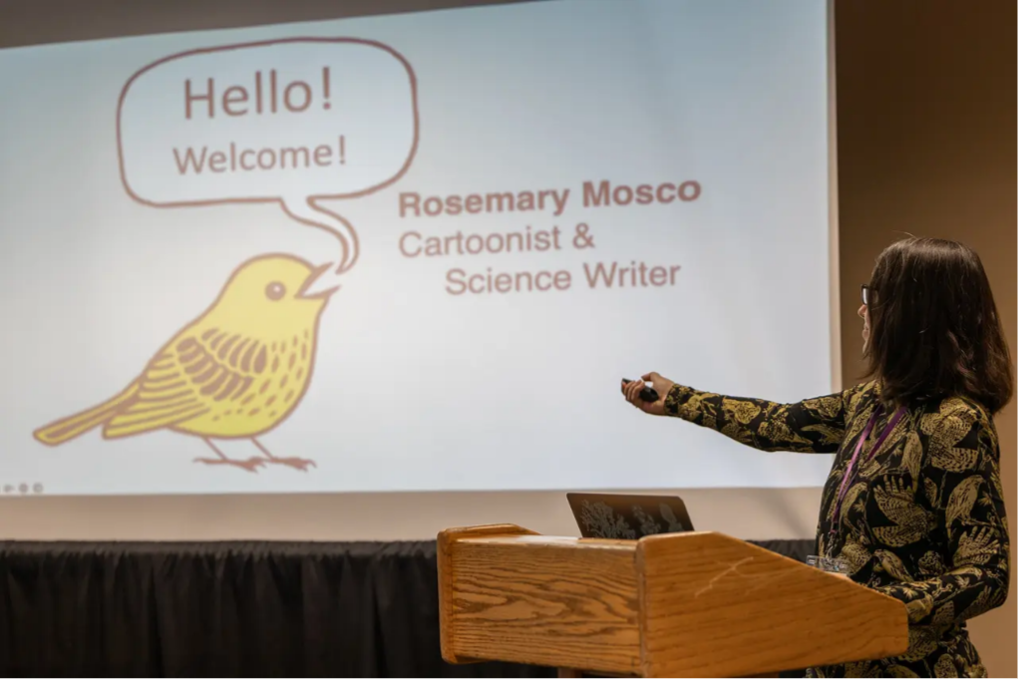
Join Rosemary Mosco, creator of Bird and Moon nature comics, to hear about her scientific and artistic journey. She'll discuss her comics-making process, offer tips for making comics, and share recent projects. Participants will learn about one creator's journey and pick up some basic comics-making tips.
XVIVO and the Role of AI
Tuesday, July 15th
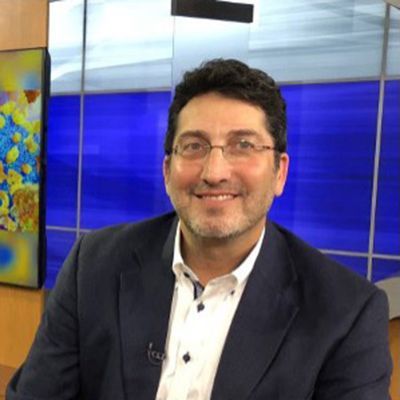
As Founder & President of XVIVO, my company’s goal is to transform groundbreaking scientific discoveries into visual narratives that engage and educate diverse audiences. We collaborate with life science companies, transforming complex concepts into clear, engaging visual stories that educate, and inspire.
Our award-winning animations have been featured at TED, TEDMED, and by organizations like Moderna, Harvard, and Pfizer. Recognized by outlets such as The New York Times and NPR, XVIVO uses the power of art to bring science to life in ways that resonate with audiences. At the heart of everything we do is a commitment to transforming complex science into visual stories that inspire understanding and drive innovation..
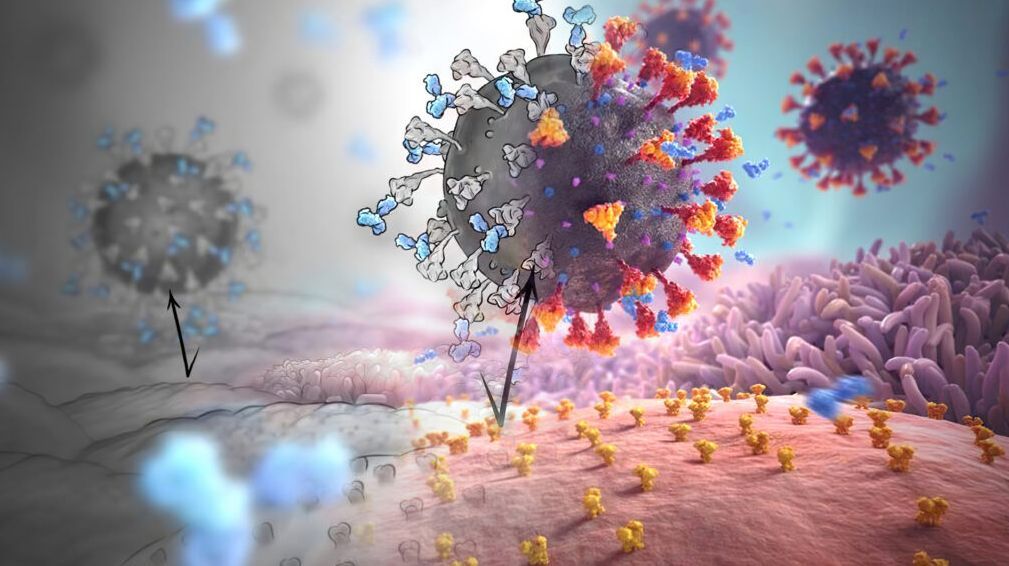
Join Michael as he shares his journey from being a classically trained artist to founding XVIVO, a scientific animation studio that brings science to life through art. He’ll talk about how XVIVO got started, who they are today, and show some of their recent work.
He'll provide a behind the scenes walkthrough of their creative process. How they go from an idea to storyboards, to animations that educate and inspire. Along the way, he’ll highlight how classical artistic techniques are used to effectively tell scientific stories.
Understand how classical artistic techniques can be applied to effectively communicate science. Gain insights into XVIVO’s creative process, from script to screen. Learn how our approach helps us to overcome challenges in visualizing complex scientific ideas.
Curious Corvids
Tuesday, July 15th
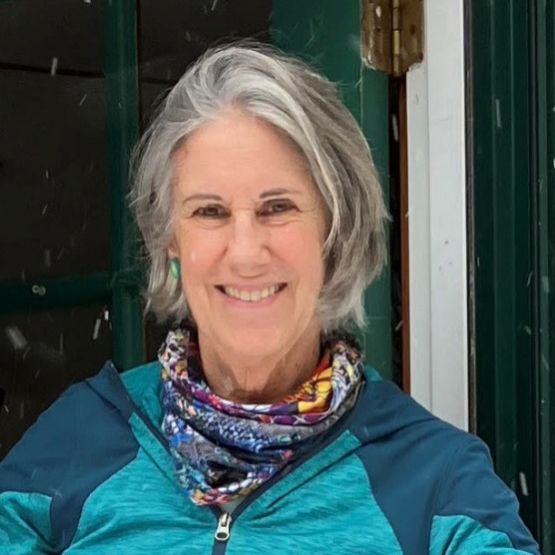
Dorie’s paintings reflect a lifetime of passion for birds: their plumage, behavior, and adaptability to change. This passion has led to the study and volunteer work in Ornithology at the Yale Peabody Museum, where she is co-founder of their Natural Science Illustration Program and currently teaches courses in Drawing and Painting Birds, Watercolor, Colored Pencil, Composition and Design, and Mixed Media.
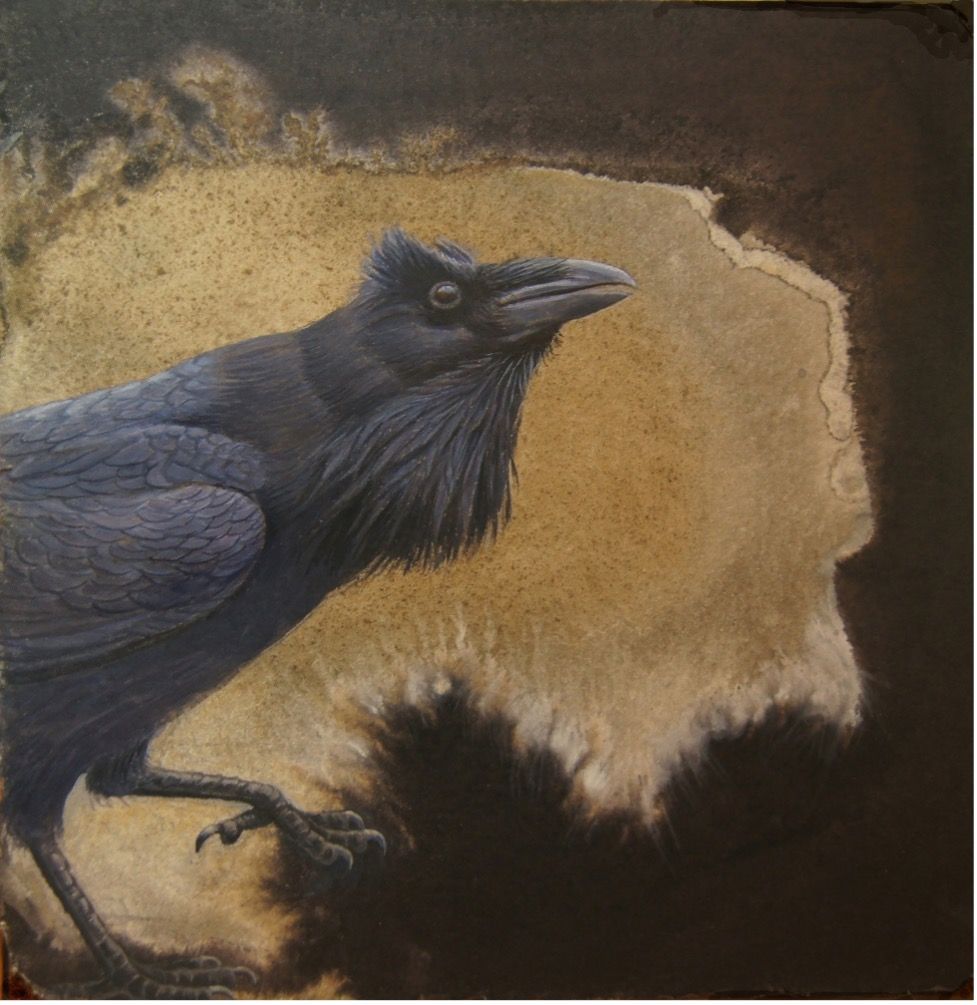
There are 139 species of corvids, including crows, ravens, rooks, magpies, jackdaws, jays and choughs. I will concentrate mostly on crows and ravens, as they are the most fascinating to me.
Topics covered and discussed will be Corvid intelligence, adaptation, innovation, and communication. I will share my own illustrations, based on many hours of research and story-sharing with other birders in the field.
500 Years of Printed Natural History Illustrations
Tuesday, July 15th
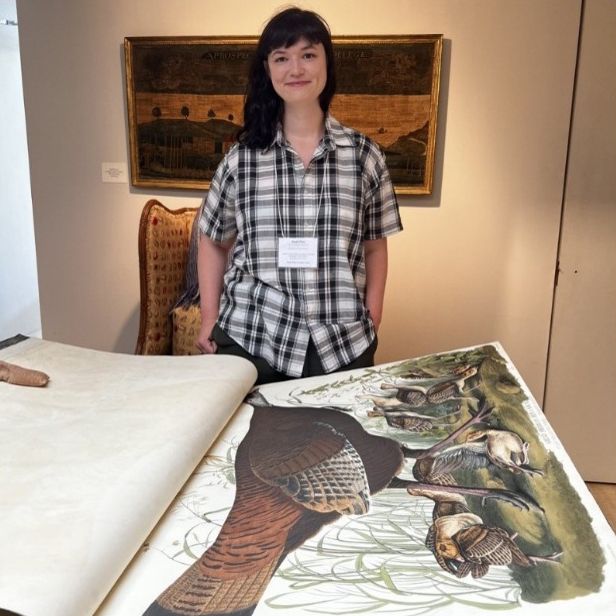
Sarah Finn is a Special Collections Librarian at the Milwaukee Public Library in Milwaukee, Wisconsin. Finn earned a MLIS with an Archival Concentration and a History MA from the University of Wisconsin-Milwaukee.
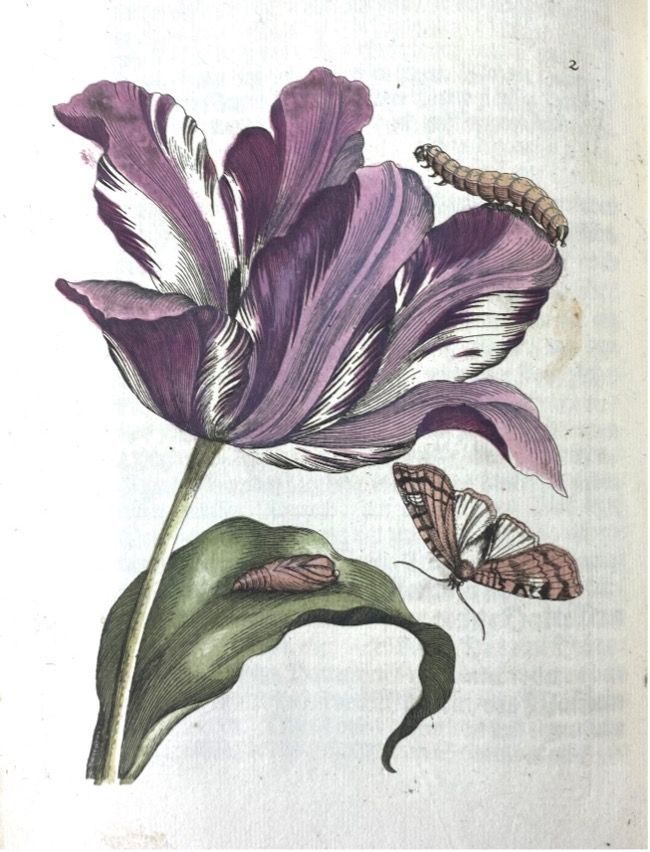
Printed natural history illustrations of plants and animals played an important role in the development of science in the West. Some of the earliest printed books were about nature, such as the Hortus Sanitatis, Latin for The Garden of Health, by Jacob Meydenbach, published in Mainz, Germany in 1491. This presentation will provide an overview of the development of printed natural history illustrations over 500 years, paying close attention to how different printing methods affected the final image found in books.
Learn about the history of illustrated natural history books from the beginning of print in the West in the 15th century. Become familiar with different printmaking processes. View examples from landmark books featuring scientific illustrations of plants and animals.
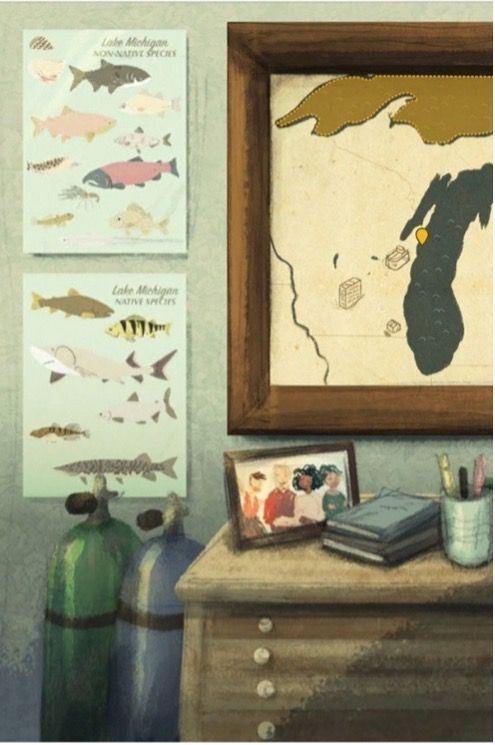
Sarah Gagnon, Creative Director and Studio Director at Field Day Lab, and natural science illustrator Emily Meredith Lewis, discuss the role of scientific illustration that assists a team of artists and designers to create recognizable flora, fauna, science instruments, and more for educational video games. Many educational games and media include generic fish and plants, and most people do not recognize the difference. For our team, whether the focus is a Bull kelp forest or Adélie penguins in Antarctica, we believe presenting sophisticated and accurate information in these games is important to educators, researchers and students alike. We will showcase the role of scientific illustration in enhancing accuracy within video game design. We will also highlight how video games effectively convey scientific concepts and information from experts and designers to students, and inspire scientific illustrators to explore innovative ways to apply their craft in new and impactful contexts.
An Artist’s Guide to the AI Landscape
Monday, July 14th
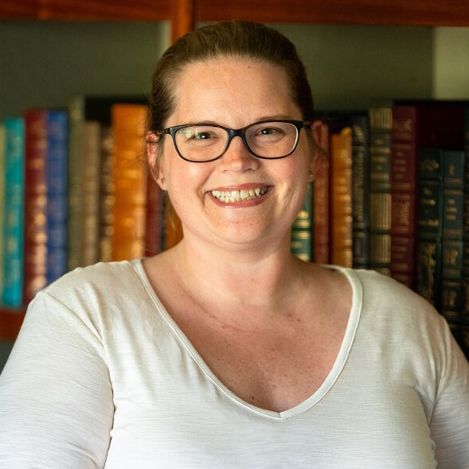
Jordan Jefferson is the Director at the Lynne L. Pantalena Law Library and an Associate Professor at the Quinnipiac University School of Law. She writes and presents issues surrounding technology, pedagogy, and service improvement in law and law libraries, and envisions academic law libraries as being at the crossroads of community and knowledge.
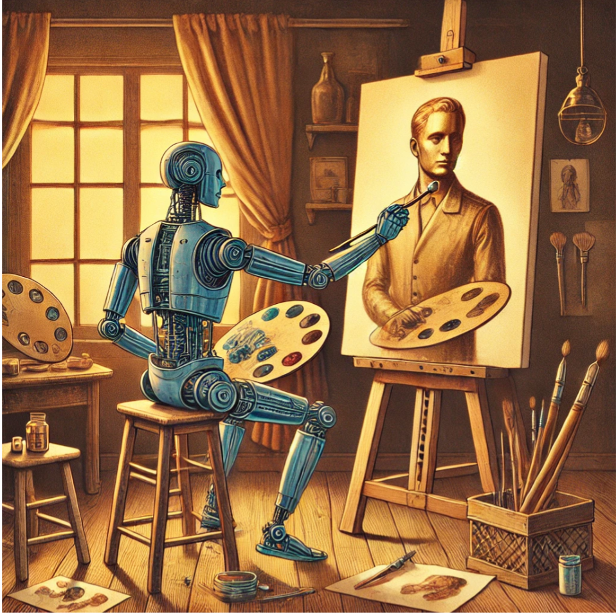
We’ll introduce the fundamentals of generative AI, exploring the technology, terminology, and history. We’ll also examine the current legal landscape and address ethical issues, including privacy, copyright, and accountability. Participants will leave with a foundational understanding of generative AI and its ethical implications, which will help to equip attendees to navigate the complexities of using generative AI tools in their work.
Marketing Classical Illustration Techniques
Monday, July 14th
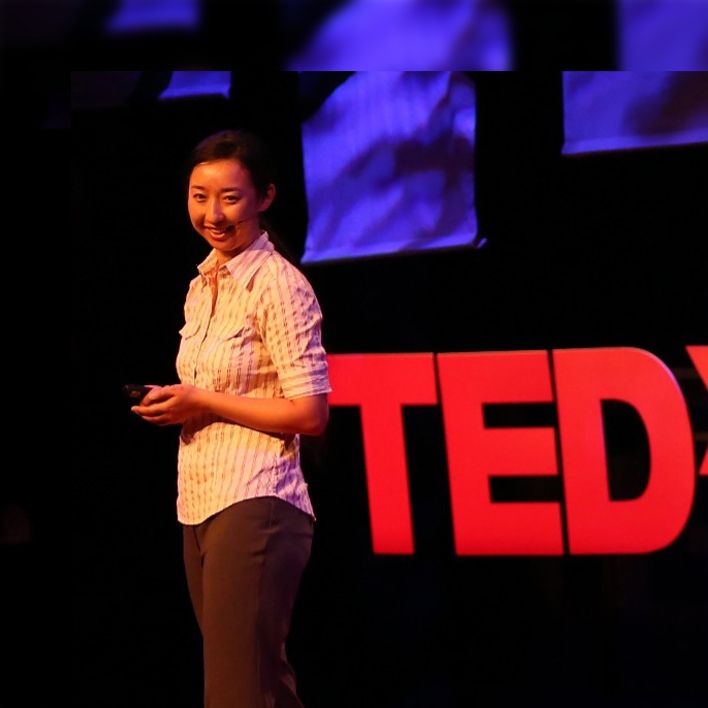
Ikumi Kayama is the founder of Studio Kayama Medical & Scientific Illustration Services, in Maryland. Her mission is to create images that combine science and art to make modern medicine and science relevant and accessible to everyone.
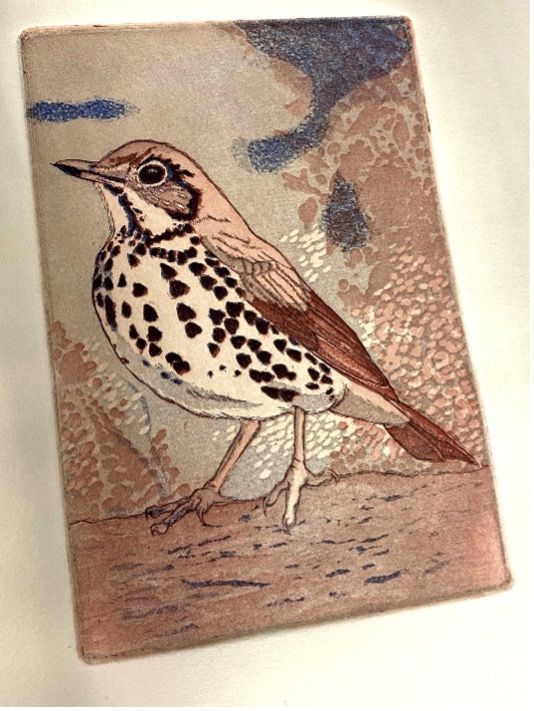
Many scientific illustrators find inspiration in illustrations from the golden age of illustration and classical masters. As fans of classical techniques, is there space to showcase new creations in such techniques, in today’s world, continually filled with digital native media and AI art?
The talk will cover marketing and branding strategies proved advantageous to diversify the audience, and to break into a niche for the styles and types of illustrations you enjoy creating…and get paid. The speaker will cover roadblocks, setbacks, and unnecessary worries and fears faced as she ventured into the uncharted seas of freelancing, marketing, and branding.
Aimed for veterans and students in medical illustration, this talk will give tips and tricks on how to create a small yet fierce fanbase of your work to help you build a solid foundation for your projects. Be ready to be inspired to try something a little bit differently!
Indigenizing Science Communication Through Art
Monday, July 14th
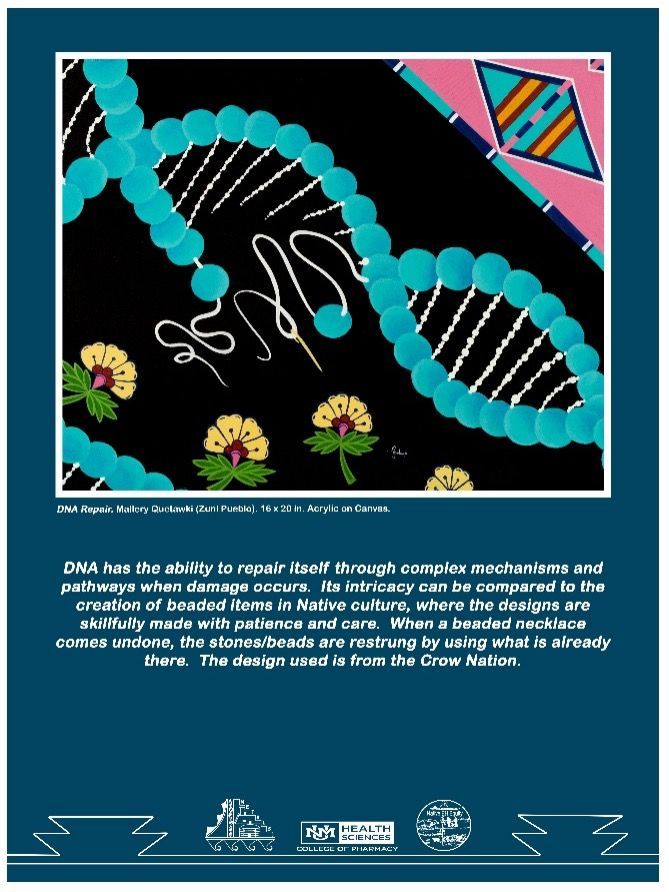
As the communication and outreach specialist for an environmental health program that primarily serves and partners with Indigenous communities, it has been a goal of the center's community engagement and research translation cores to include the ways in which these indigenous communities learn and communicate. Traditional ecological knowledge and other traditional ways of knowing have been the key driver in bridging communication gaps between research and community. Our program has been using visual art as the vehicle to help explain western science and medicine to our Indigenous collaborators, whose lands are affected by uranium mining and other environmental toxicants. It has also created multidirectional communication to researchers, policy makers and government agencies such as EPA, NIH and USGS. To date there are several completed acrylic paintings and digital art pieces used in outreach and report back endeavors.
Learn about painting science through the Indigenous lens, the symbology and other forms of knowing to explain complex science, and pairing researchers with artists and community members to co-create communication material through art.
Beech Leaf Disease Devastation
Wednesday, July 16th
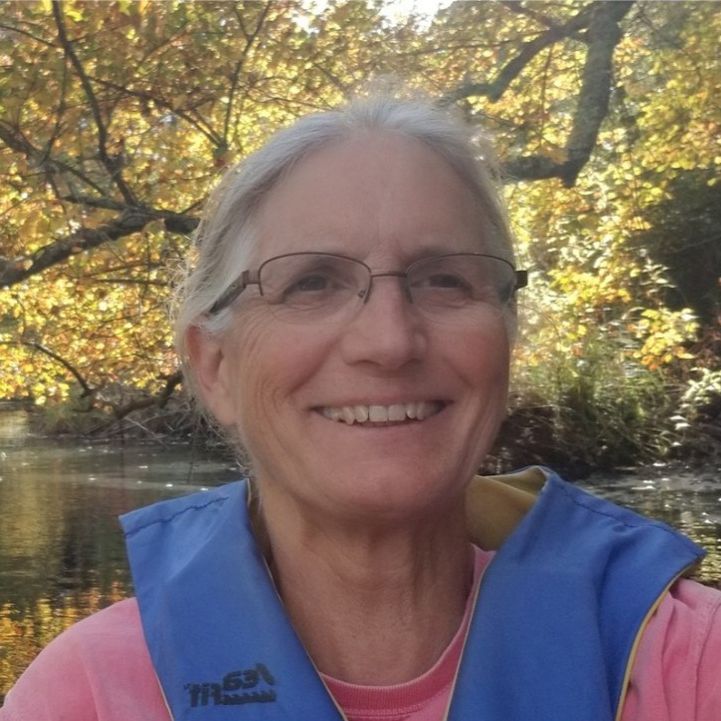
Heather retired from the University of Rhode Island in 2024, after working 43 years in the Plant Sciences Department and for Cooperative Extension. She primarily worked with farmers helping solve insect, disease, and crop production problems. In 2020, when beech leaf disease was first discovered in Rhode Island, Heather started monitoring American beech forests and educating the public about beech leaf disease.
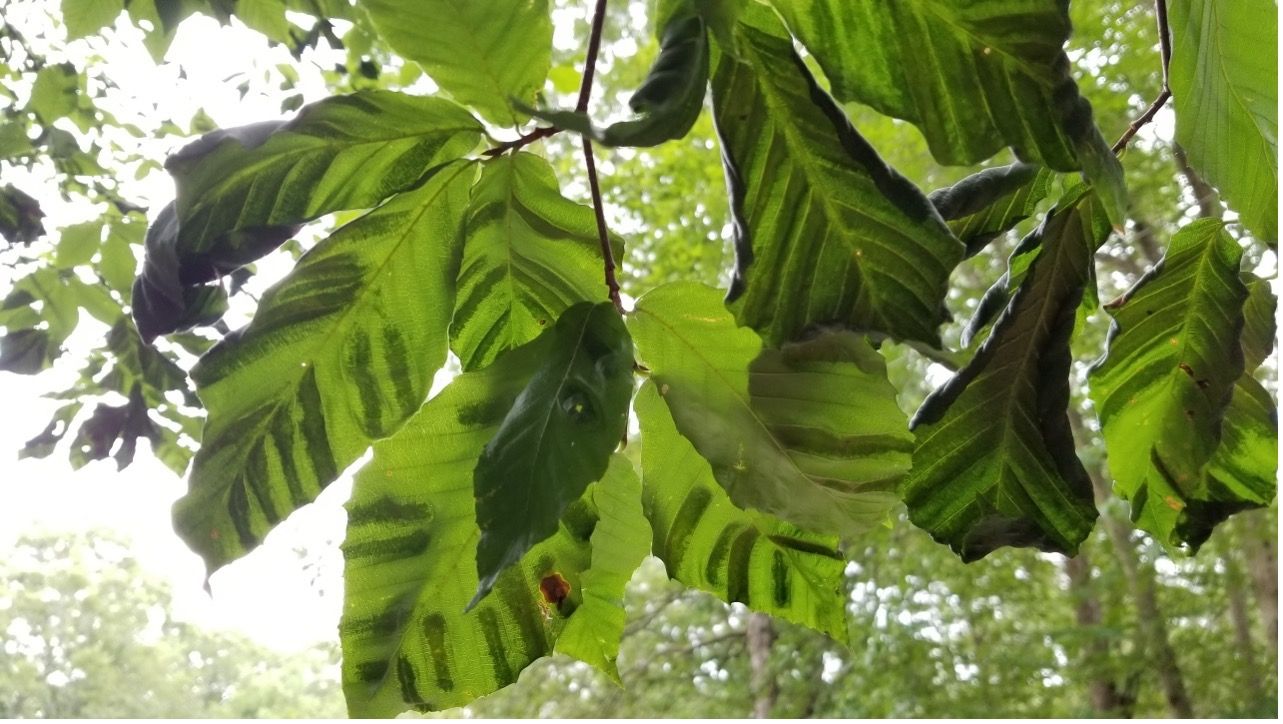
This talk will focus on the history and life cycle of beech leaf disease and how this devastating disease of beech trees is changing our native forests and landscapes. Beech leaf disease is a new, devastating disease that is killing American and European beech trees and changing our forests and landscapes. Learn about its detection, cause, and hopeful treatments.
This presentation will help you to learn about: how to diagnosis beech leaf disease, the ecological effects of beech leaf disease, and potential management strategies for landscapes.
Read more:
Visual Journalism : A Career Path for Science Illustrators
Wednesday, July 16th
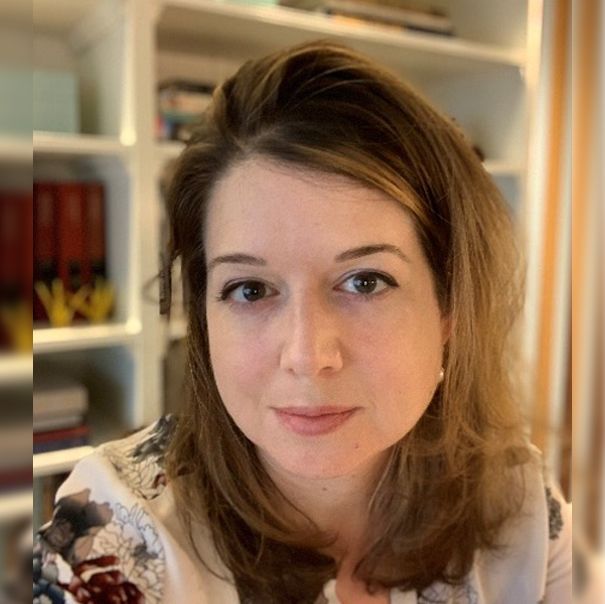
The Seattle Times celebrated the 50th anniversary of the Endangered Species Act with six cameos of Pacific Northwest species. I combined some illustrations on page A8 to create this cover image, which won an Award of Excellence at SND's Best of News Design Creative Competition. Left to right: gray wolf (Canis lupus), Franklin's bumble bee (Bombus franklini), wolverine (Gulo gulo), northern spotted owl (Strix occidentalis caurina), Chinook salmon (Oncorhynchus tshawytscha), grizzly bear (Ursus arctos horribilis). Rendered in Procreate, Adobe Illustrator, and ArcGIS. Writing by The Seattle Times‘ environmental reporters. (Published in The Seattle Times on Sunday, December 24th, 2023, see image on the right or below in mobile view)
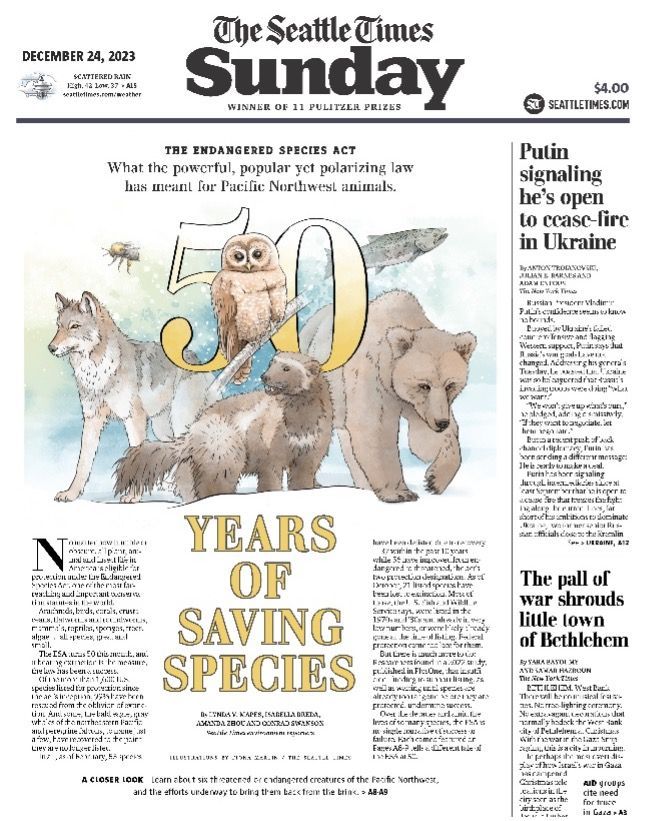
Now more than ever, clear and impactful journalism is needed to reach broader audiences, improve science communication and combat misinformation. Visual journalists assist reporters and authors—whether for a newspaper, magazine or other consumer publication—with visualizing complex concepts “at a glance.” We create illustrations, infographics, charts and maps for mobile, desktop, and print. Knowing how to combine illustrations with good design and typography is essential. We strive to reduce academic jargon while making the science as clear as possible. Breaking news might require a quick turn-around, but most science stories are evergreen, meaning they are produced on longer production cycles ranging from weeks to months. In this presentation, I’ll talk about why I chose to pursue a career with a major metropolitan newspaper, after working with academic publishers (freelance and staff positions) for nearly two decades. I’ll describe what it’s like to work with The Seattle Times’ Climate and Mental Health desks, and present some case studies showing how I build illustrated infographics from the ground up.
Participants will learn:
- How you can reach larger, more diverse audiences by creating science art for news and other consumer publications outside of academics;
- What skills and tools are needed for a career in visual journalism or news graphics;
- Techniques for creating effective, easy-to-understand science infographics;
- Tips for working faster and more efficiently.
An Artist's Journey: from Architect to Natural Science Illustrator and Educator
Tuesday, July 15th
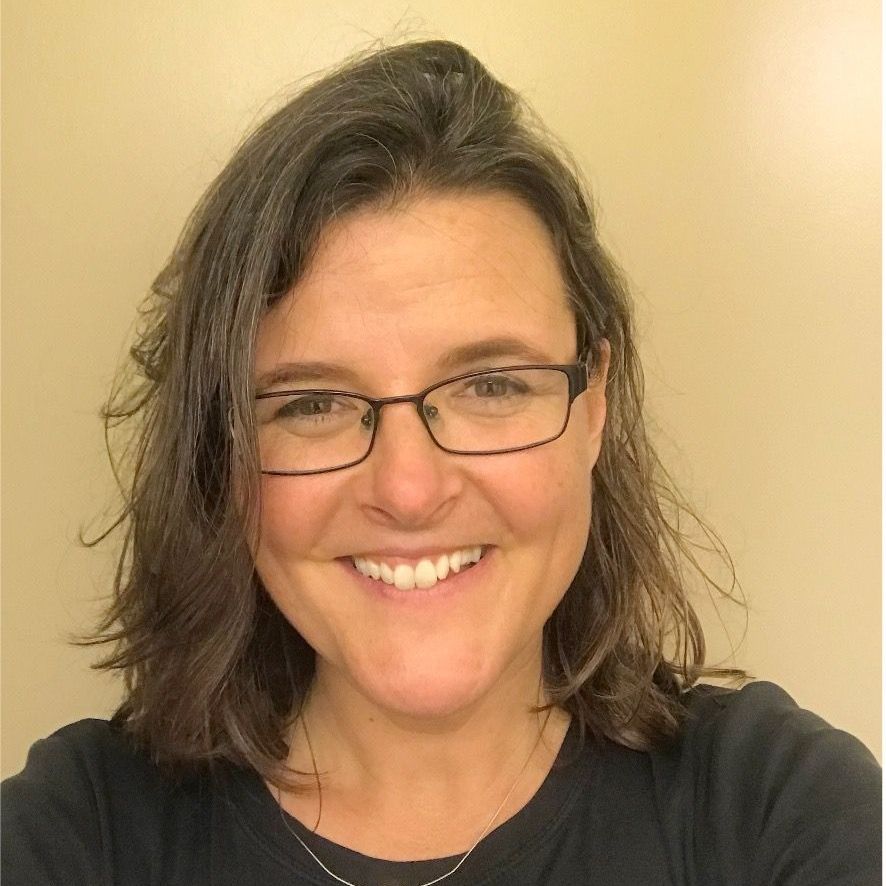
My deep love of nature and art began at the age of 8, hiking and studying the diverse flora and fauna of the Blue Ridge Mountains, with my girl scout troop. As a kid, I was constantly drawing and building things, exploring a wide variety of media and subject matter. Curiosity eventually led me to architecture school where I was able to combine my love of science, math and art. During my 20-year career as an architect, I had the opportunity to plan entire cities and design structures, inspired by natural forms, in various national and international locations. I left the profession and started my own business offering architectural rendering, illustration, and graphic design services in 2010. As a student of the Denver Botanic Gardens’ School of Botanical Art & Illustration (SBAI) , I discovered the world of natural science illustration. Putting together my own graduate program, I pursued Natural Science Illustration certificates at UW in Seattle and CSU Monterey Bay.
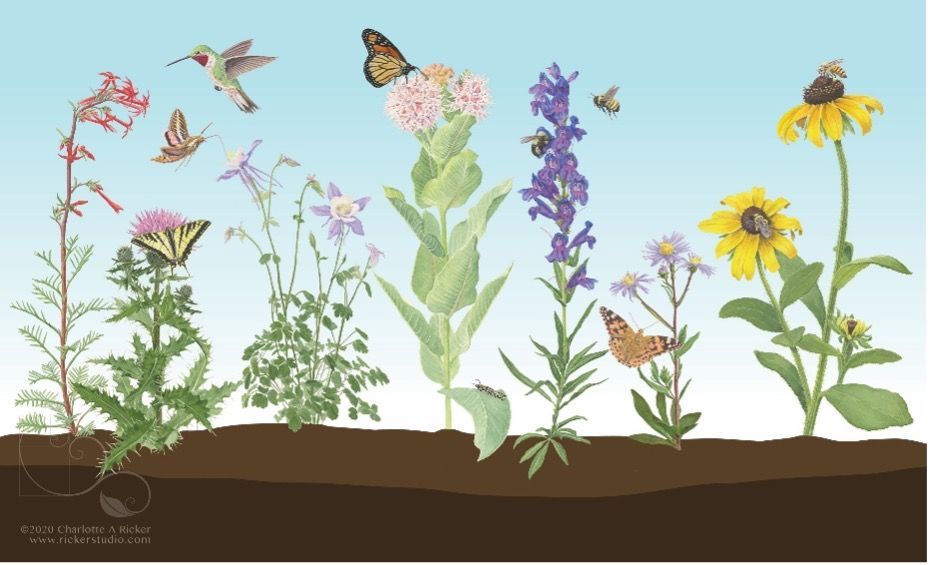
My path has been rather circuitous and sometimes bumpy, but every experience has allowed me to grow as an artist and as a human. Staying curious, adaptable, courageous and persistent has allowed me to work on a wide variety of fulfilling projects, from illustrated signage, to murals to exhibit design for natural history museums, zoos, and aquariums. As an educator for the RISD Natural Science Illustration program and the Denver Botanic Gardens’ SBAI, I have guided students of all ages and backgrounds to find their own unique path to success within the industry. This talk will focus on listening to your inner voice, committing to hard work, and being willing to put yourself out there, while thoroughly enjoying the journey.
Participants will walk away with:
- Ideas of different avenues they can pursue in natural science illustration.
- Encouragement to use their strengths to carve a unique path within the industry.
- Tips on combining traditional and digital techniques to compose a design for an illustrated sign.
Arti-Facts of Improbability: A Journey with Art and Nature
Tuesday, July 15th
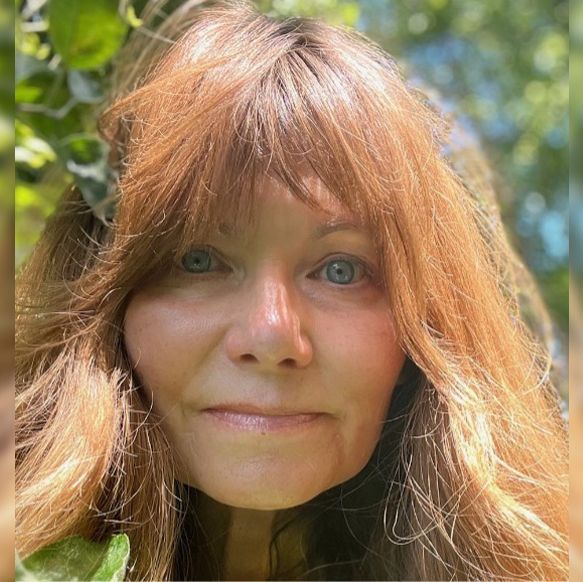
I am connected to nature and creating art keeps me connected. Creating art is the need to express that appreciation so others can be connected as well.
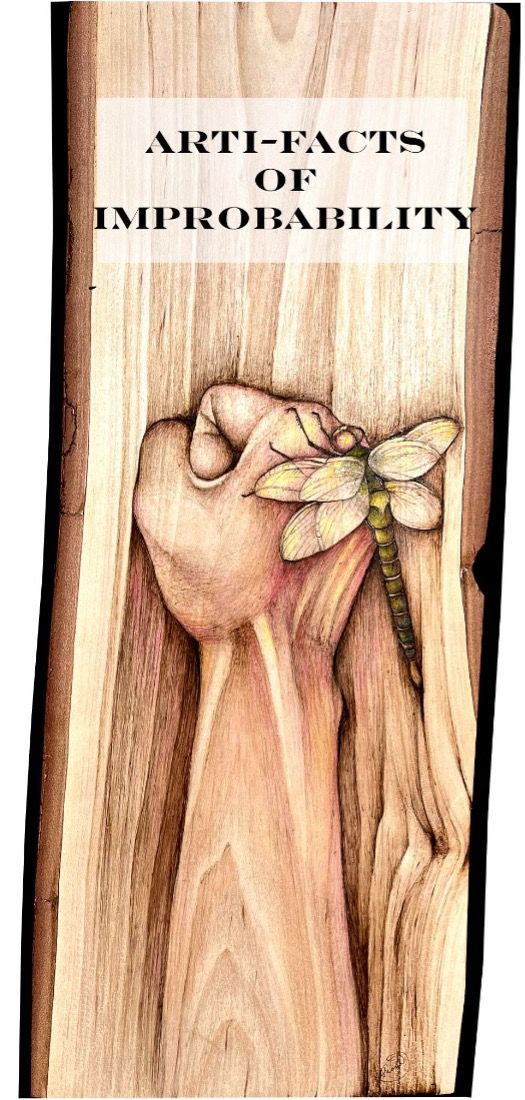
As an attempt to draw attention to meaningfulness of nature and art, this is an account of how nature and art have brought me along on an improbable but meaningful journey.
Key Points:
- The joy of being in nature. Early adventures of curiosity and wild discovery in suburban wooded environments.
- How creating art became my way of observing, recording, communicating, and sharing an appreciation for nature.
- The loss of the wild and beautiful. Suburban sprawl, socialization, separation, rejection. What is valued by society. “Important” things vs. nature and art.
- Conformity: giving up on art to follow practical pursuits. “Living life of quiet desperation” disillusionment, wanting purpose, and the stubborn need to create that would not be ignored.
- Major life changes: studying landscape design, working extra jobs in landscaping and arborist work, RISD, Natural Science Illustration, quitting my day job.
- How I discovered a new medium and how it changed my life. Creating art from wood and using pyrography.
- Art, as a story told by trees about tales of nature. Creating art from discarded trees to bring attention to nature often discarded.
Coming full circle: reviving an artful purpose; telling this story hoping to revive a lost love for nature. - The purpose of creating art has always been integrated with the purpose I find in nature.
- The discovery of a special medium rekindled inspiration that would not go ignored.
